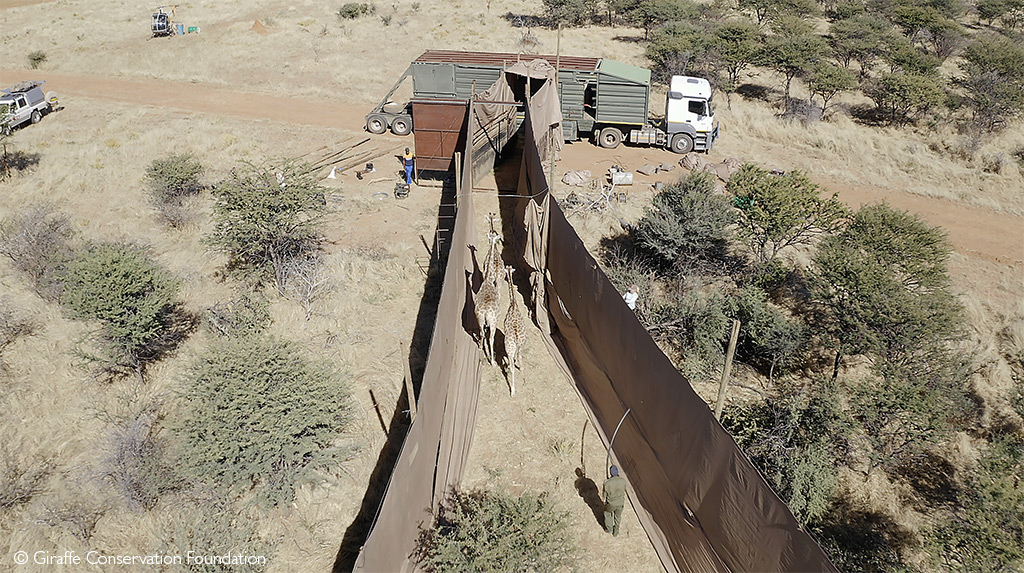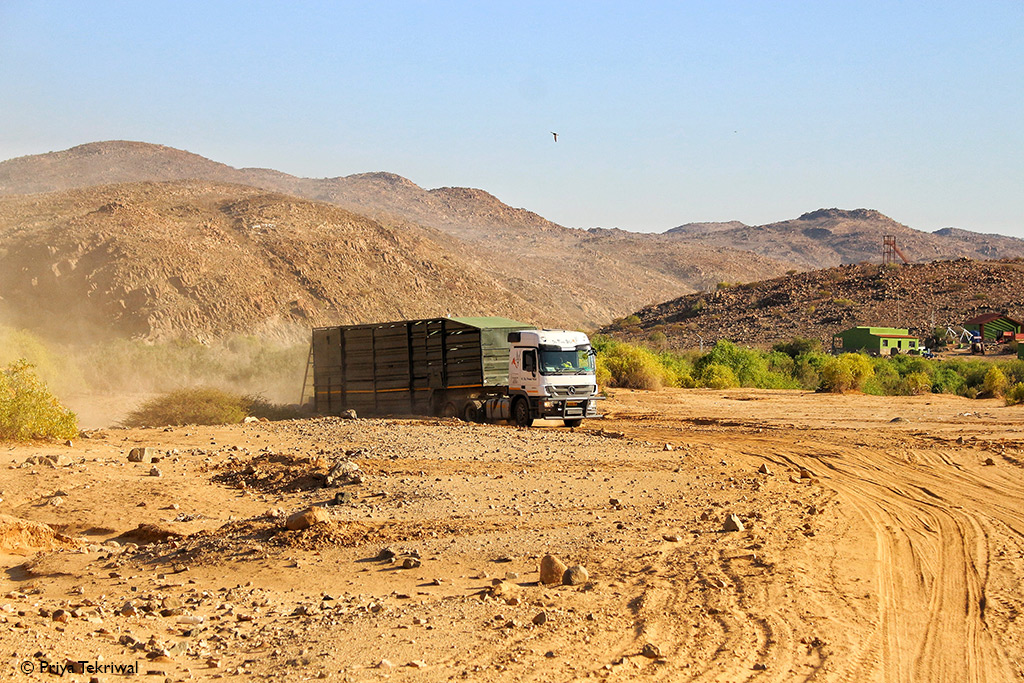
Giraffe have finally returned to Iona National Park, Angola, after a long absence. This week, 14 made the long journey from a private game farm in central Namibia to their historical range in Angola.
The Giraffe Conservation Foundation (GCF), African Parks and the Government of Angola collaborated to relocate the animals to Iona National Park and bring back Angolan giraffe to the area. The Angolan giraffe is considered a subspecies of the southern giraffe, and is found in small populations in Namibia, Botswana, Zimbabwe and now, once again, Angola. The successful relocation forms part of a long-term plan to restore and enrich the park’s biodiversity.
After their capture in Namibia, the animals travelled over 1,300km before their release in Angola on 5 July. The reintroduction will help restore Iona’s ecosystem and re-establish the region’s ecological processes, as giraffe assist in shaping the vegetation through browsing and dispersal of seeds due to their selective feeding habits.


“By reintroducing giraffe to their historical range, we re-establish their range, ensure their long-term survival and contribute to restoring the ecological balance in the region,” says Stephanie Fennessy, executive director and co-founder of GCF.
Before the move, a feasibility study was conducted by a Namibian student from the Namibia University of Science & Technology and GCF. The study evaluated the source population of the animals, habitat suitability, human dimensions, risks during and after the operation and financial feasibility. African Parks also surveyed the communities in and around the periphery of Iona to evaluate perceptions of the proposed giraffe translocation. The assessment revealed that most Iona inhabitants are highly receptive to the presence of giraffe in the park and the safari tourism potential they may bring.

“The reintroduction of giraffe to Iona marks a critical moment in the park’s history,” says Pedro Monterroso, Iona park manager. “These graceful animals will contribute to the restoration of the park’s biodiversity and serve as a symbol of Angola’s commitment to conservation.”
Whilst giraffe populations, in general, have declined in the past 35 years due to habitat loss, poaching, and other human-induced factors, recent targeted conservation efforts have seen positive effects, and several populations have started to rebound. The successful translocation of the animals to Iona is a testament to the importance of cross-border conservation efforts for protecting Africa’s biodiversity.


To comment on this story: Login (or sign up) to our app here - it's a troll-free safe place 🙂.![]()








